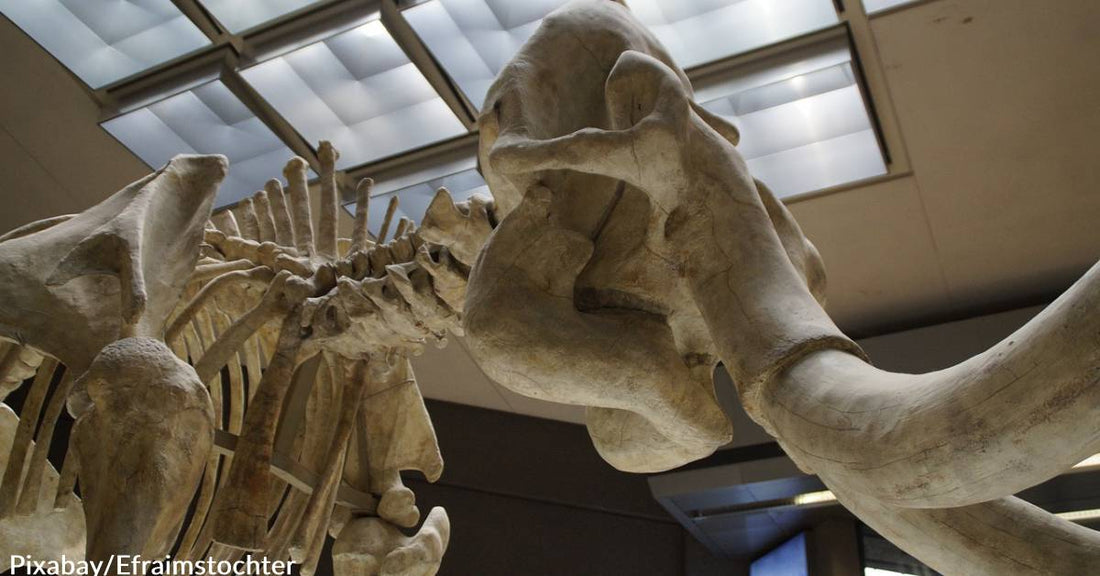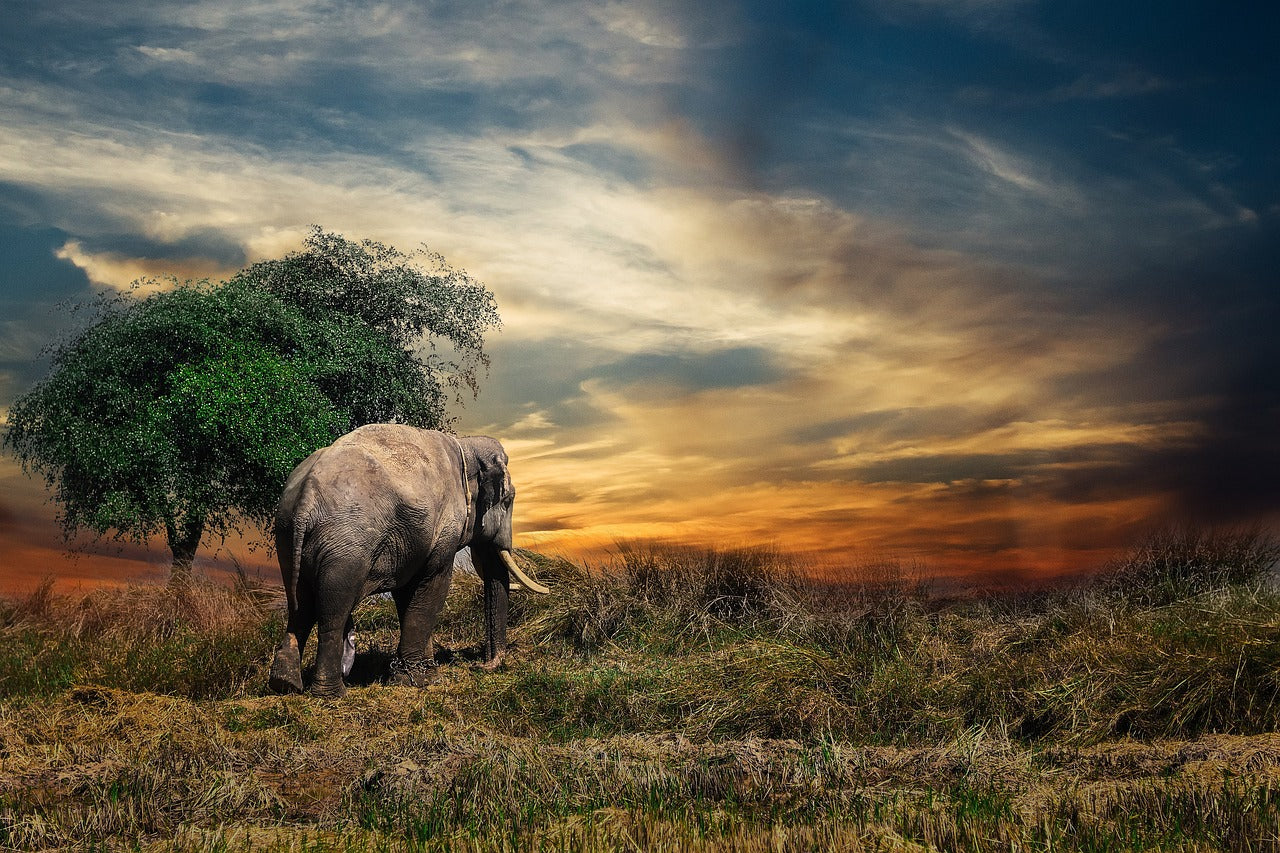7th Annual Holiday Toy & Book Event Help make the holidays brighter this year!
Scientists Discover an "Elephant" Graveyard in Northern Florida
Rebecca West
Actually, the amazing discovery centered around gomphotheres, extinct relatives of elephants that died in or very near an equally extinct river that once ran through northern Florida. How distant were these relatives? They are said to have lived approximately 5.5 million years ago!
Early in 2022, scientists and volunteers unearthed the gomphotheres at the Montbrook Fossil Dig in what is considered a record-breaking discovery. The fossils are providing paleontologists with incredible insights into life in prehistoric Florida.
"This is a once-in-a-lifetime find," noted Jonathan Bloch, curator of vertebrate paleontology at the Florida Museum of Natural History. "It's the most complete gomphothere skeleton from this time period in Florida and among the best in North America."
Since work began at the site in 2015, isolated gomphothere bones have been discovered there, but scientists weren't prepared for the unprecedented motherlode.
"I started coming upon one after another of toe and ankle bones," said Dean Warner, a retired chemistry teacher and Montbrook volunteer. "As I continued to dig, what turned out to be the ulna and radius started to be uncovered. We all knew that something special had been found."
Within a matter of days, it was clear that there were several complete skeletons, including an adult and at least seven juveniles.
Interest in the area began when property owner Eddie Hodge contacted Florida Museum researchers concerning fossils unearthed on his land. The fossil beds are situated some 30 miles inland from the Gulf of Mexico. When the bones were deposited during the late Miocene period, the area was closer to the ocean, as sea levels were higher than they are now.
In another fascinating twist, the remains of camels, rhinos, and llamas are all encased next to fresh and saltwater fish, turtles, alligators, and other creatures that once called the area home. But the discovery of multiple gomphotheres in complete states was entirely unexpected.
"We've never seen anything like this at Montbrook," Rachel Narducci, collection manager of vertebrate paleontology at the Florida Museum, stated. "Usually, we find just one part of a skeleton at this site. The gomphotheres must have been buried quickly, or they may have been caught in a curve of the river where the flow was reduced."
Before humans roamed the land, elephants — collectively known as proboscideans — were a common component of nearly every large continent. Gomphotheres, as it turns out, are considered among the most diverse with a fossil record spanning some 20 million years.
Gomphotheres first evolved in Africa in the early Miocene period, approximately 23 million years ago, before dispersing into Europe and Asia. By about 16 million years ago, the creatures had reached North America along the Bering land bridge. Then, when the Isthmus of Panama rose above the sea 2.7 million years ago, the animals were able to cross into South America.
"We all generally know what mastodons and woolly mammoths looked like, but gomphotheres aren't nearly as easy to categorize," Narducci added. "They had a variety of body sizes, and the shape of their tusks differed widely between species."
It seems some gomphotheres had a second set of tusks attached to their lower jaws as well as the upper set we're all familiar with. The Montbrook examples featured an outer band of enamel spiraling along the length of each tusk, resembling a barber shop pole. Because only one group of gomphotheres with this unique pattern existed back then, Bloch and Narducci were able to narrow the identity of the Montbrook fossils down to species in the genus Rhyncotherium, which were once widespread across North and Central America.
"A fossil site in southern California is the only other place in the U.S. that has produced a large sample of Rhynchotherium juveniles and adults," Bloch said. "We're already learning so much about the anatomy and biology of this group that we didn't know before, including new facts about the shape of the skull and tusks."
By the time humans arrived in the Americas, there were only a few gomphotheres still alive there, which didn't last long. By the end of the ice ages they vanished, along with many other large species of mammals.
"The best part has been to share this process of discovery with so many volunteers from all over the state of Florida," Bloch explained. "Our goal is to assemble this gigantic skeleton and put it on display, taking its place alongside the iconic mammoth and mastodon already at the Florida Museum of Natural History."
Check out the expandable 3D model of the dig site below.






